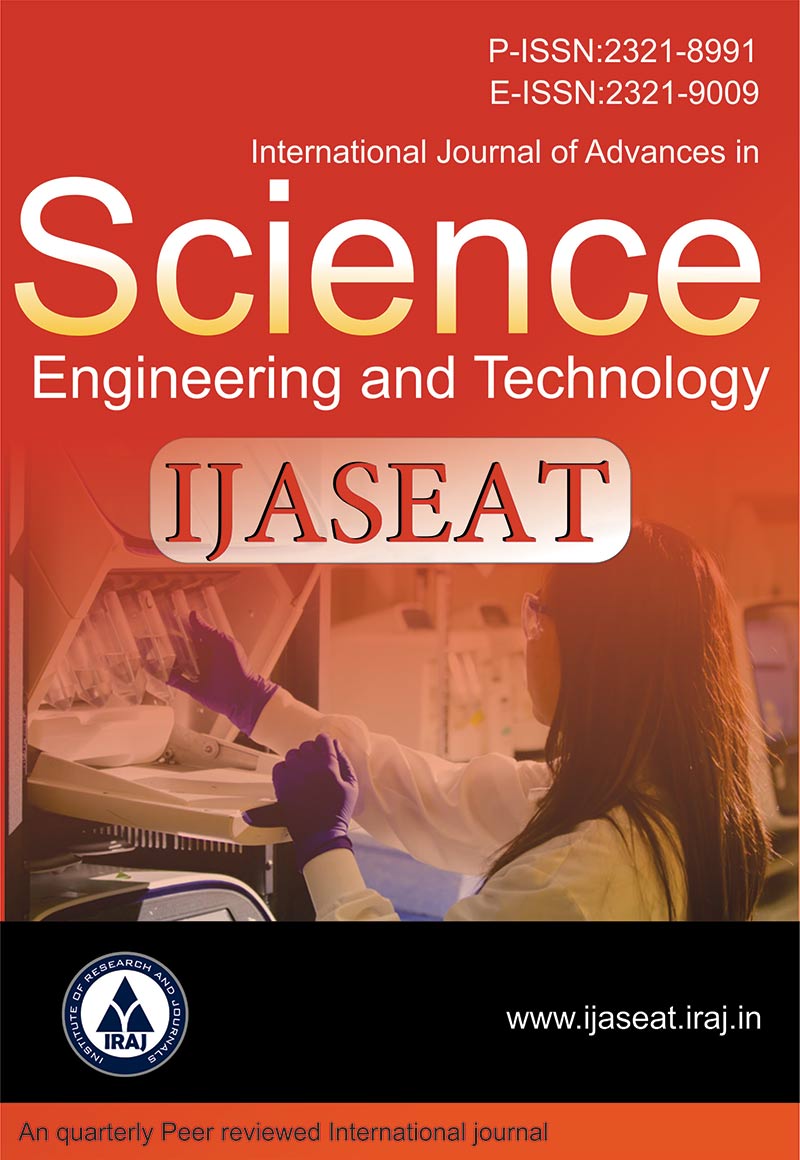Publish In |
International Journal of Advances in Science, Engineering and Technology(IJASEAT)-IJASEAT |
 Journal Home Volume Issue |
||||||||
Issue |
Volume-9,Issue-1 ( Jan, 2021 ) | |||||||||
Paper Title |
A Study on Emotion Recognition Method Based on Integrated Galvanic Skin Response and Heart Rate Variability by Machine Learning Algorithm; Random Forest | |||||||||
Author Name |
Hermin Kartika Sari, Sunarno, Kwartarini Wahyu Yuniarti, Memory Motivanisman Waruwu, Rony Wijaya | |||||||||
Affilition |
Master Program of Engineering Physics, Department of Nuclear Engineering and Engineering Physics, Faculty of Engineering, Universitas Gadjah Mada, Yogyakarta, Indonesia Department of Nuclear Engineering and Engineering Physics, Faculty of Engineering, Universitas Gadjah Mada, Yogyakarta, Indonesia Faculty of Psychology, Universitas Gadjah Mada, Yogyakarta, Indonesia Laboratory of Sensor and Telecontrol System, Faculty of Engineering, Universitas Gadjah Mada, Yogyakarta, Indonesia Product | |||||||||
Pages |
12-16 | |||||||||
Abstract |
In this paper, we introduce the emotional recognition method by merging the information from physiological signals and self-assessment. The changes in emotional states affect the activation of the autonomic nervous system (ANS). Several bio-parameters can be used to monitor Electrodermal Activity (EDA) due to the activation of the ANS, such as skin conductance and heart rate variability as physiological signals. It is measured to monitor the participants’ emotional recognition while presenting the stimuli. After that, participants reported their emotional state by scaled the stimuli using the Self Assessment Manikin (SAM) as an instrument to obtaining ratings of the participants’ emotional states of each stimulus. The random forest (RF) has been used for classification, it is considered one of the most accurate classifiers and gives an accuracy of 75% for four target emotions, namely Happy, Sad, Fear, and Relaxed. Keywords - Emotion Recognition, Galvanic Skin Response, Heart Rate Variability, Random Forest Method | |||||||||
| View Paper | ||||||||||